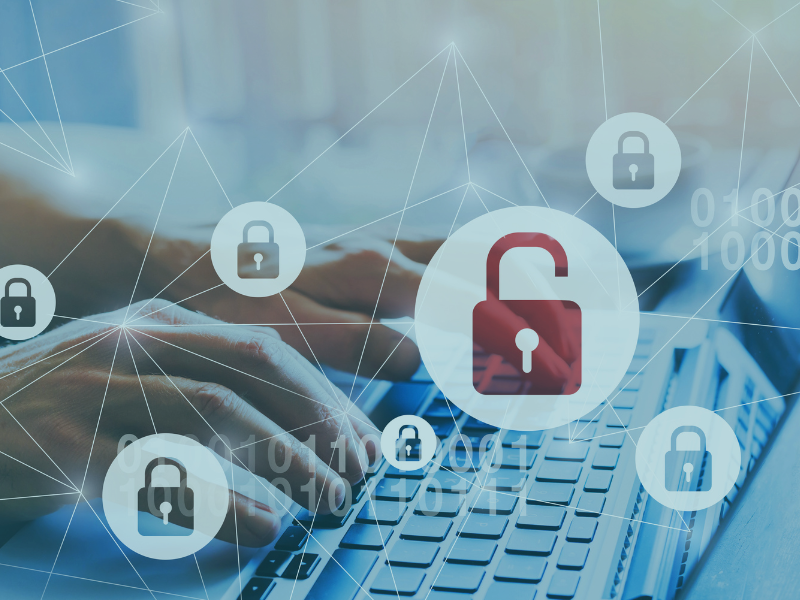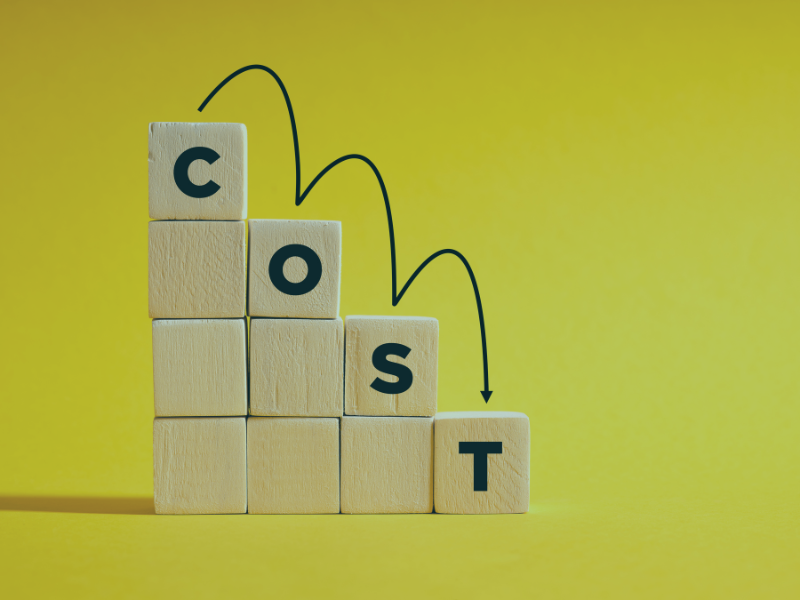
You’re probably familiar with buy now, pay later (BNPL) – an alternative payment method (APM) that has grown in popularity across the globe. According to Worldpay’s 2021 Global Payments Report, buy now, pay later accounted for 2.1% of all global e-commerce transactions in 2020. That percentage is expected to double in the next two years.
In some ways, people have been paying for education using the BNPL model for decades. Many students take on loans to attend college in the present and pay later for that education depending on their loan’s repayment terms. Of course, repaying student loans is a world different than repaying a (likely) much smaller installment loan taken out at the point of purchase.
But there are still takeaways that colleges and universities can garner from looking at how consumers are leveraging BNPL – and what that says about how their students like to pay.
What is BNPL?
BNPL is a type of short-term consumer credit – sometimes referred to as an installment loan – that is different from traditional credit. Credit cards, for example, offer revolving lines of credit. BNPL is a fixed-term installment option that enables consumers to enjoy goods and services right away while paying off the purchase over a set amount of time.
What Do We Know About How Consumers Use BNPL?
While every demographic has tapped into the BNPL phenomenon, millennials and Gen Z are by far its biggest proponents. Millennials made up 40% of BNPL users in 2020, but Gen Z is quickly eclipsing that. Research predicts that 44% of all Gen Z consumers will probably use BNPL at least once before the end of 2022 compared to just 37% of millennials.
The value proposition is simple: many consumers will spend more if they know they can pay over time, increasing sales for merchants that implement this AMP. Additionally, the flexibility of this payment option and low-to-no interest rates make it a no-brainer for consumers who might otherwise be on the fence about a purchase.
BNPL usage is not limited to those living paycheck to paycheck, either. A recent study highlighted that millennial and Gen Z BNPL users tend to be financially savvy: 70% of respondents had an “Excellent” or “Good” credit rating.
What Do Colleges & Universities Need to Know About BNPL?
There are a few reasons colleges and universities should pay attention to BNPL trends. First and foremost, it highlights how younger generations (read: current and future students) think about finances and payments. Access to multiple payment options – especially flexible ones – is important to these consumers. It signals to the higher ed industry that it may be time to revamp legacy systems and expand payment options beyond checks and credit cards.
While the jury is still out on whether BNPL is more helpful or harmful, it’s worth a look for colleges and universities that want to offer more choices in how students pay for purchases across campus. BNPL can be offered for things like textbooks, computers, and other school supplies. With the right financial mindset, this flexibility can empower students to make purchases that support their education without breaking the bank in one fell swoop. While there are many factors to consider when determining whether BNPL may be a good payment option to offer, it’s not something to completely write off.
If you’re wondering whether BNPL or other alternative payment methods might be right for your university, reach out for a free consultation today.



